10 of the world’s most beautiful Unesco World Heritage Sites
For ultimate travel bragging rights, these are the place to tick off your bucket list
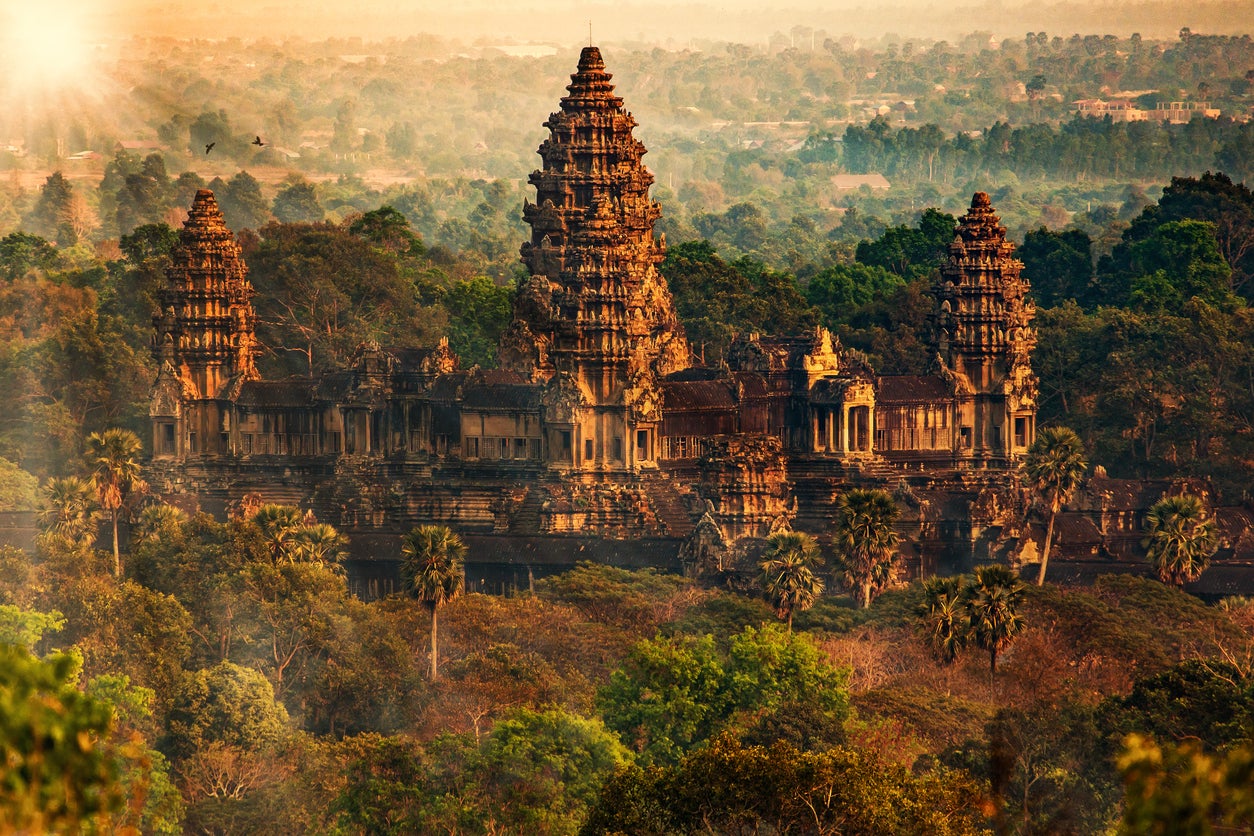
It takes something special to make it onto the list of Unesco's World Heritage Sites. Since the first list was announced in 1978 – among the inaugural crop of 12 was the Galapagos Islands and Yellowstone National Park – it has grown to almost 1,200 entries across the globe.
There are strict conditions to be considered. Sites must “be of outstanding universal value”, and meet one of 10 criteria set out by the UN body. These include representing “a masterpiece of human creative genius”, containing “superlative natural phenomena or areas of exceptional natural beauty and aesthetic importance”, or being “the most important and significant natural habitats for in-situ conservation of biological diversity”.
With such a wealth of heritage spots to discover, it’s easy to include them in your travel plans. If you’re unsure where to go, opt for the locations that give real bang for your buck. These are the 10 most incredible Unesco World Heritage Sites to visit.
Read more on travel inspiration:
Taj Mahal, India

Construction on this icon began in 1632 by Mughal emperor Shah Jahan, as a tomb for his favourite wife, Mumtaz Mahal. Today, the Taj Mahal is considered one of the world’s foremost examples of Muslim art and architecture. The scale of the tomb is so large and the attention to detail so precise, that the higher inscriptions are slightly larger than those below in order for them to appear the same size when viewed from below.
Great Barrier Reef, Australia
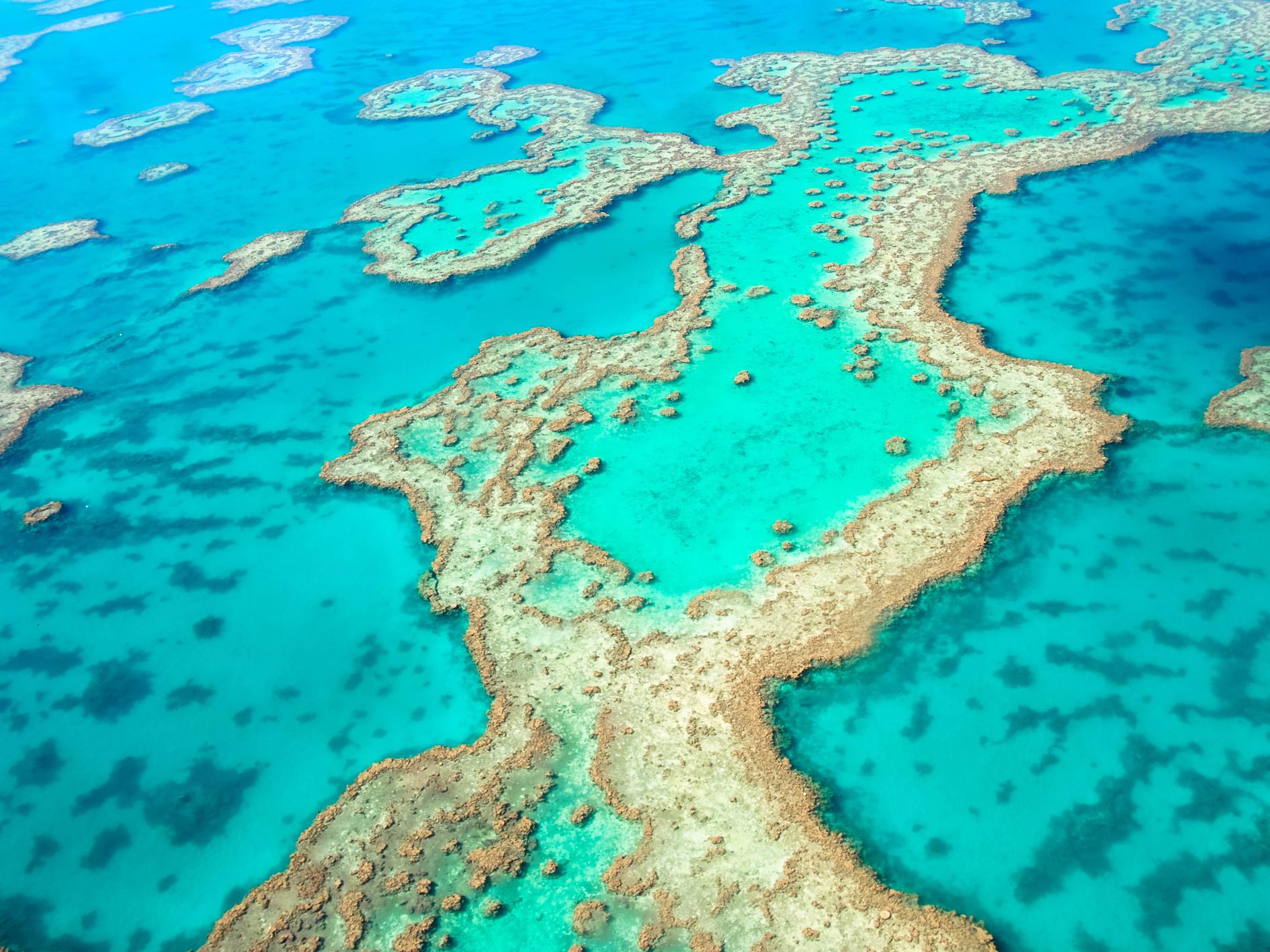
Stretching for 1,430 miles, the Great Barrier Reef is the world’s largest coral reef system. Made up of 2,900 individual reefs, it is home to over 1,500 fish species and 5,000 species of mollusc. It was made a Unesco World Heritage site in 1981 and is now even more accessible after Google launched its Underwater Street View feature in 2014.
Stonehenge, UK
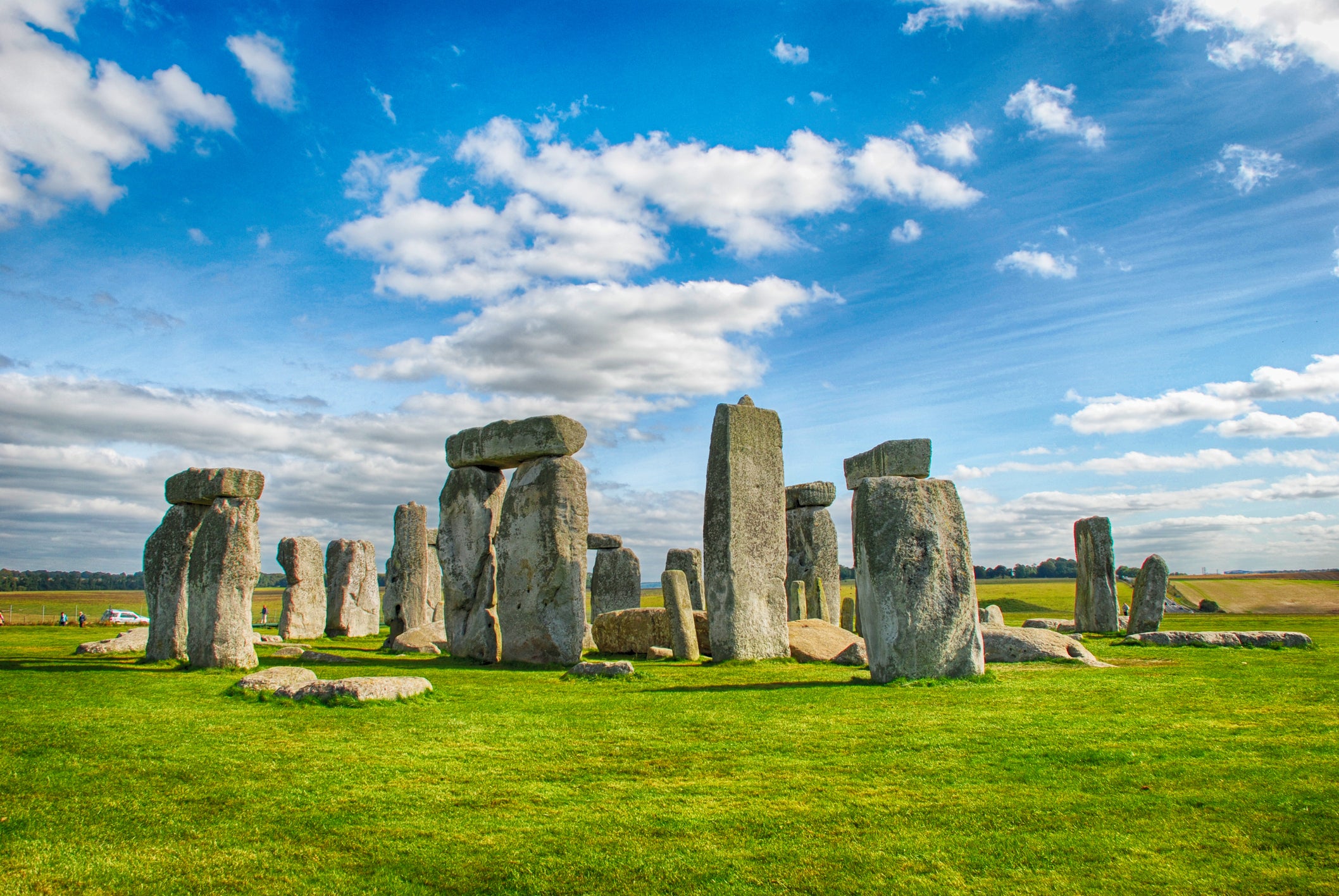
Thought to be between 4,000 and 5,000 years old, Stonehenge attracts more than 1.5 million visitors a year. How it was made is still up for debate – theories as to how the 25-ton stones were transported to the area from a quarry, thought to be 25 miles away, range from supernatural intervention to the use of sleighs greased with animal fat. Whatever the truth, it’s by far the most accessible World Heritage site on this list for Britons – it’s just off the A303 outside Amesbury, in Wiltshire.
The Plitvice Lakes National Park, Croatia
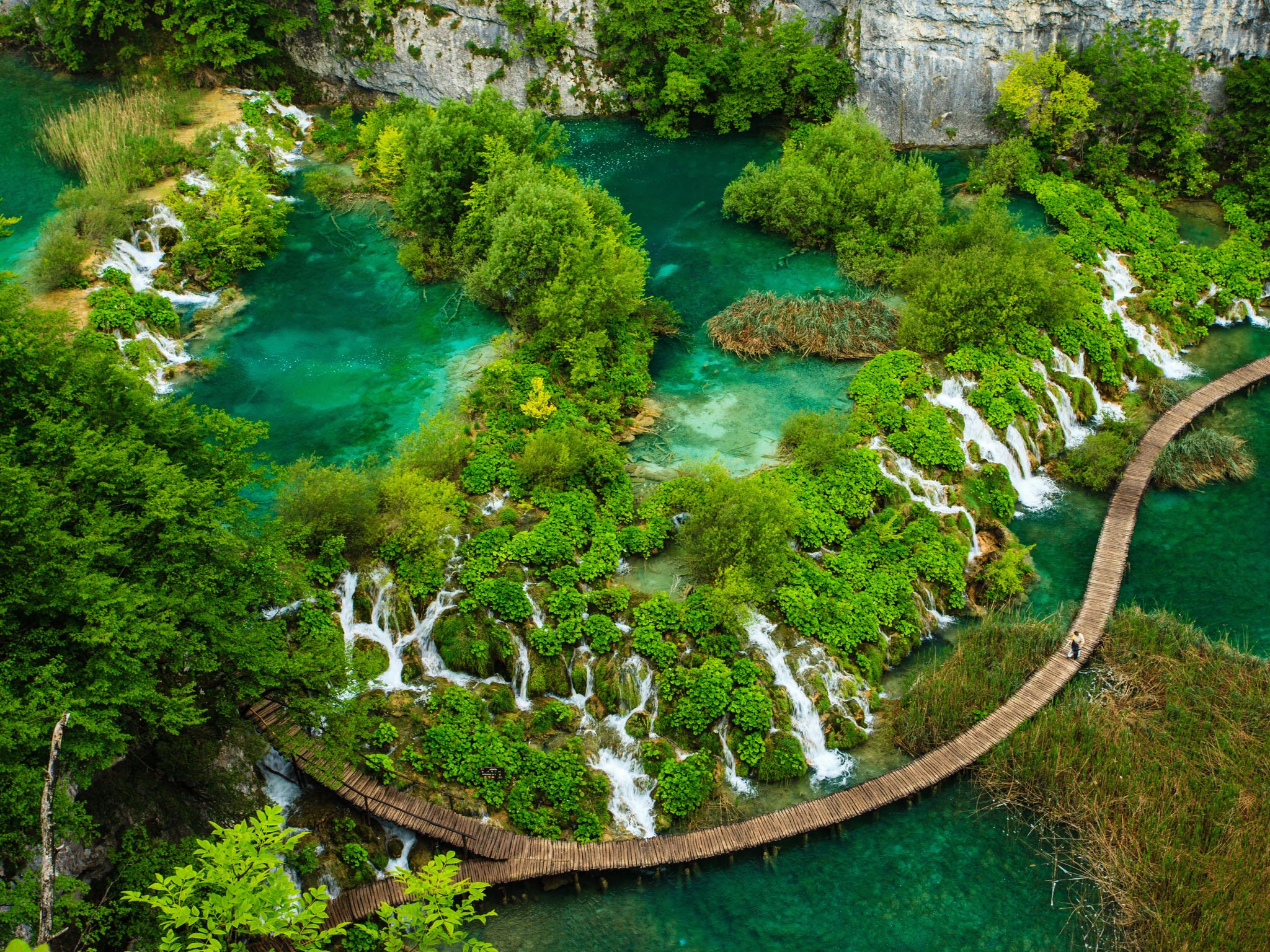
The Plitvice Lakes National Park covers 73 acres of Croatian woodland and conceals 16 turquoise lakes, connected over five miles by a series of waterfalls. With more than 1 million annual visitors, the lakes are one of Croatia’s most famous natural monuments.
Angkor Wat, Cambodia
One of the largest religious monuments in the world, the Angkor Wat temple complex in northern Cambodia is an important Buddhist site of worship and an icon for the country itself – it even appears on the country's flag. Rediscovered by French explorer Henri Mouhot in the mid-19th-century, Angkor Wat is best seen at sunrise... just beware the crowds.
Pirin National Park, Bulgaria
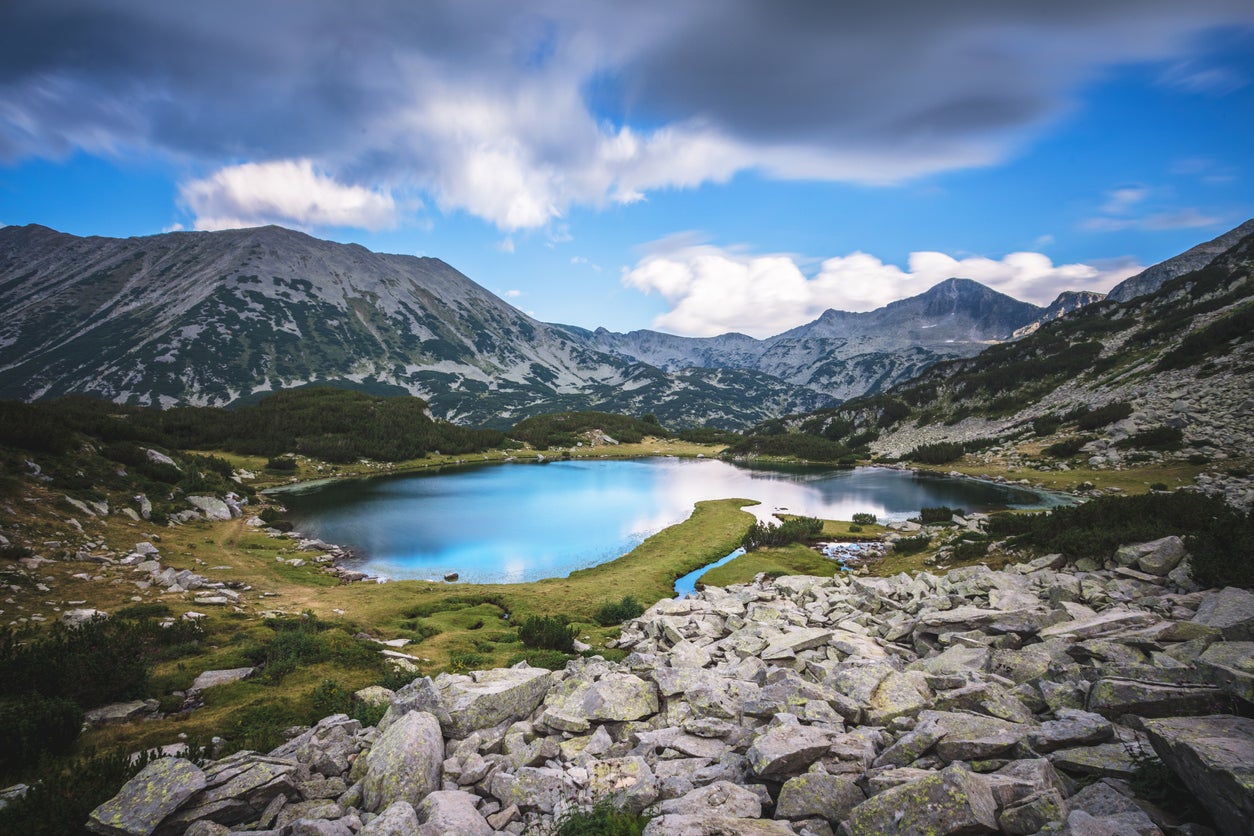
Bulgaria’s Pirin National Park is home to 70 glacial lakes formed during the last ice age and forests of ancient trees, the oldest of which is thought to be 1,350 years old. Covering an area of 105 square miles, the park’s location has enabled it to become an ecological refuge and is home to nearly three dozen endemic species found nowhere else on earth. The park also includes Bansko, Bulgaria’s largest ski resort, which offers some of Europe’s cheapest skiing, within its borders.
Le Mont-Saint-Michel, France
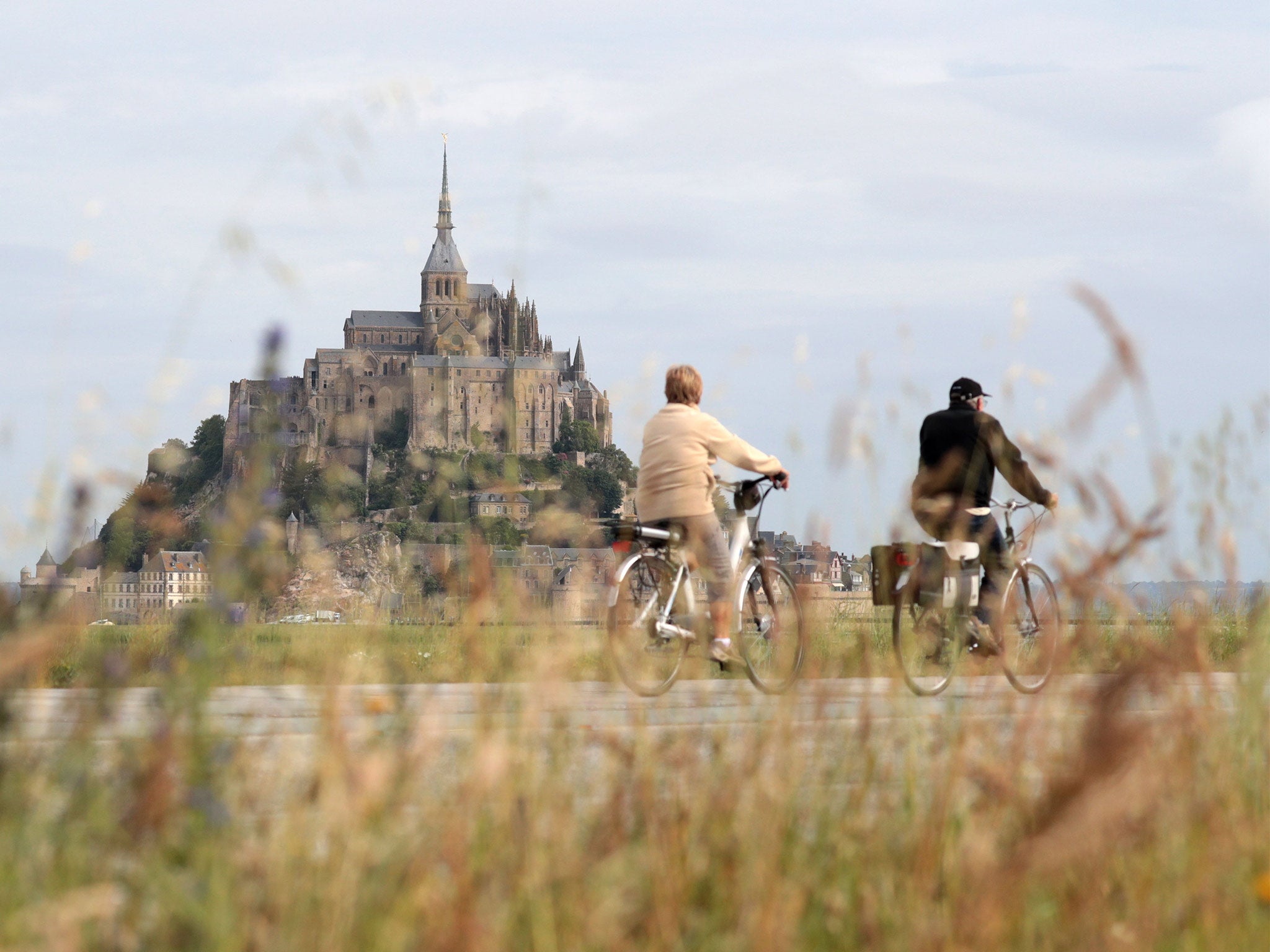
Built on an island just off mainland Normandy, the community of Mont-Saint-Michel in northwestern France was only accessible at low tide until a bridge was built in 1879. Still home to 50 residents, the island and its unique location was the inspiration for the depiction of the heavily fortified town of Minas Tirith in the film Lord of the Rings: Return of the King.
Uluru-Kata Tjuta National Park, Australia
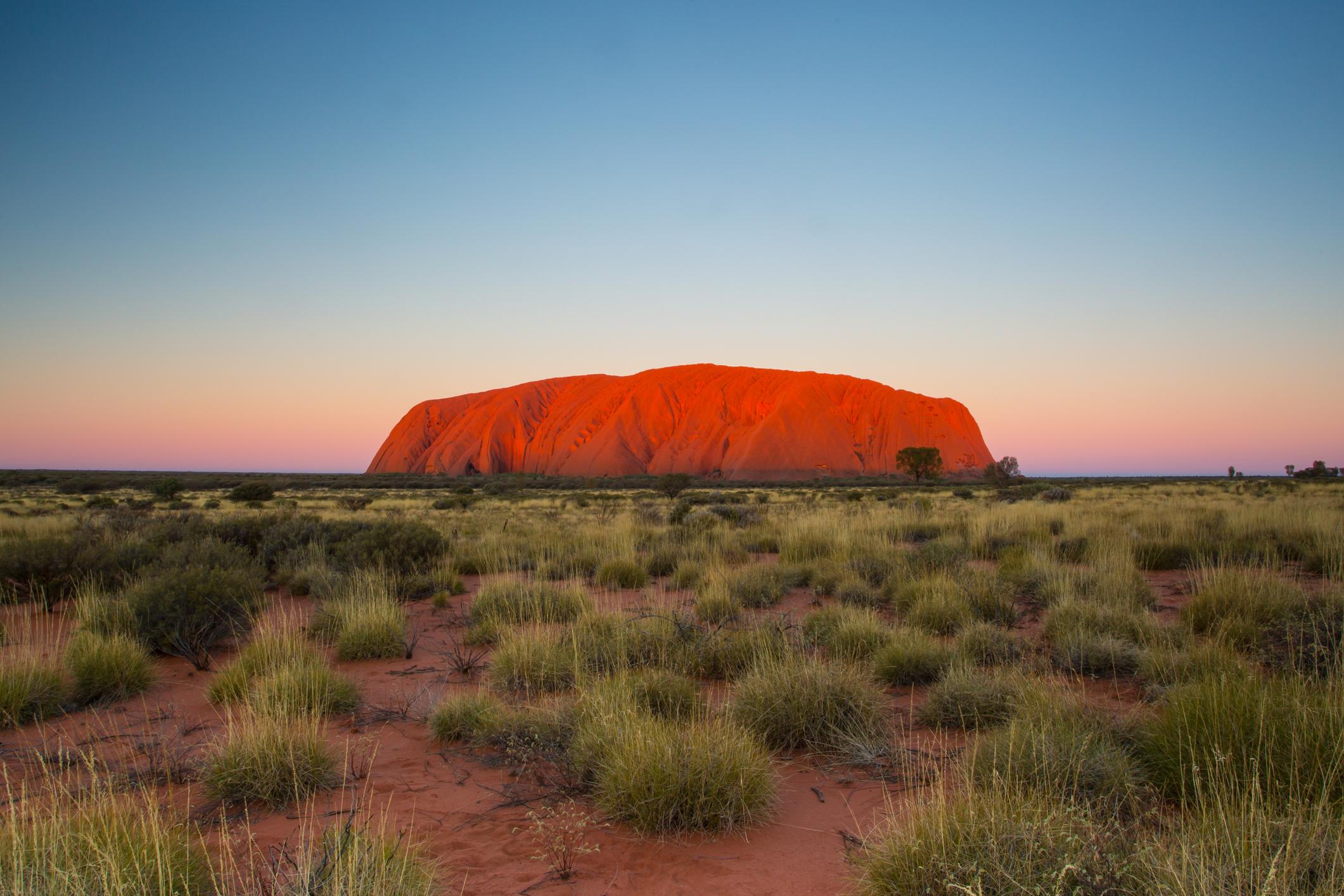
Uluru National Park is home to the ancient natural monolith Uluru, also known as Ayer’s Rock, which looms out of the desert in Australia’s Northern Territory. Revered by the local indigenous people for its spiritual significance, Uluru was the subject of controversy in Australia over whether climbing to its summit should be prohibited. Due to these and other considerations, including the safety of visitors and erosion of the monument, climbing Uluru was banned in October 2019.
Old Havana, Cuba
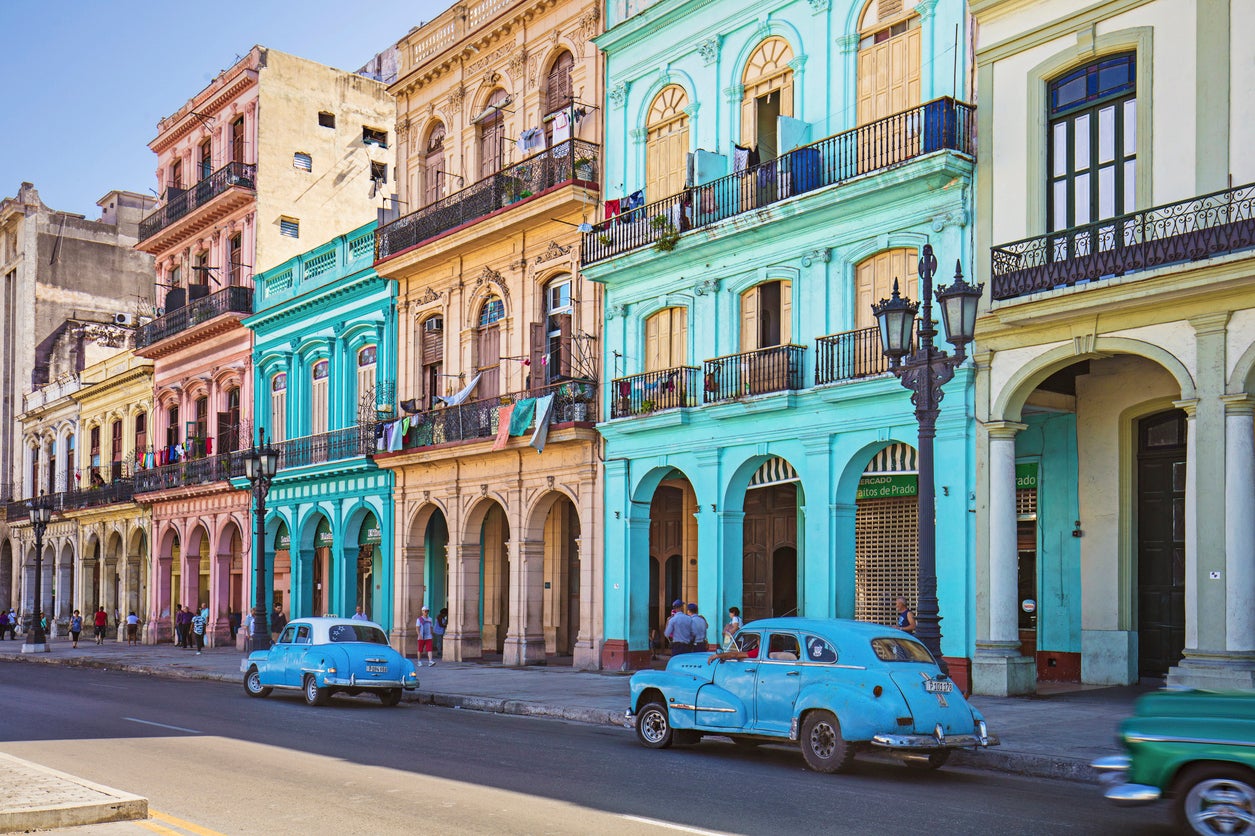
Founded by Spanish colonists in 1519, the historic centre of Havana served as a key stop for Spanish ships on route from South America to Spain. Still home to around 100,000 residents, Old Havana is one of the best preserved examples of Spanish colonial architecture in the Americas.
Rocky Mountain Parks, Canada
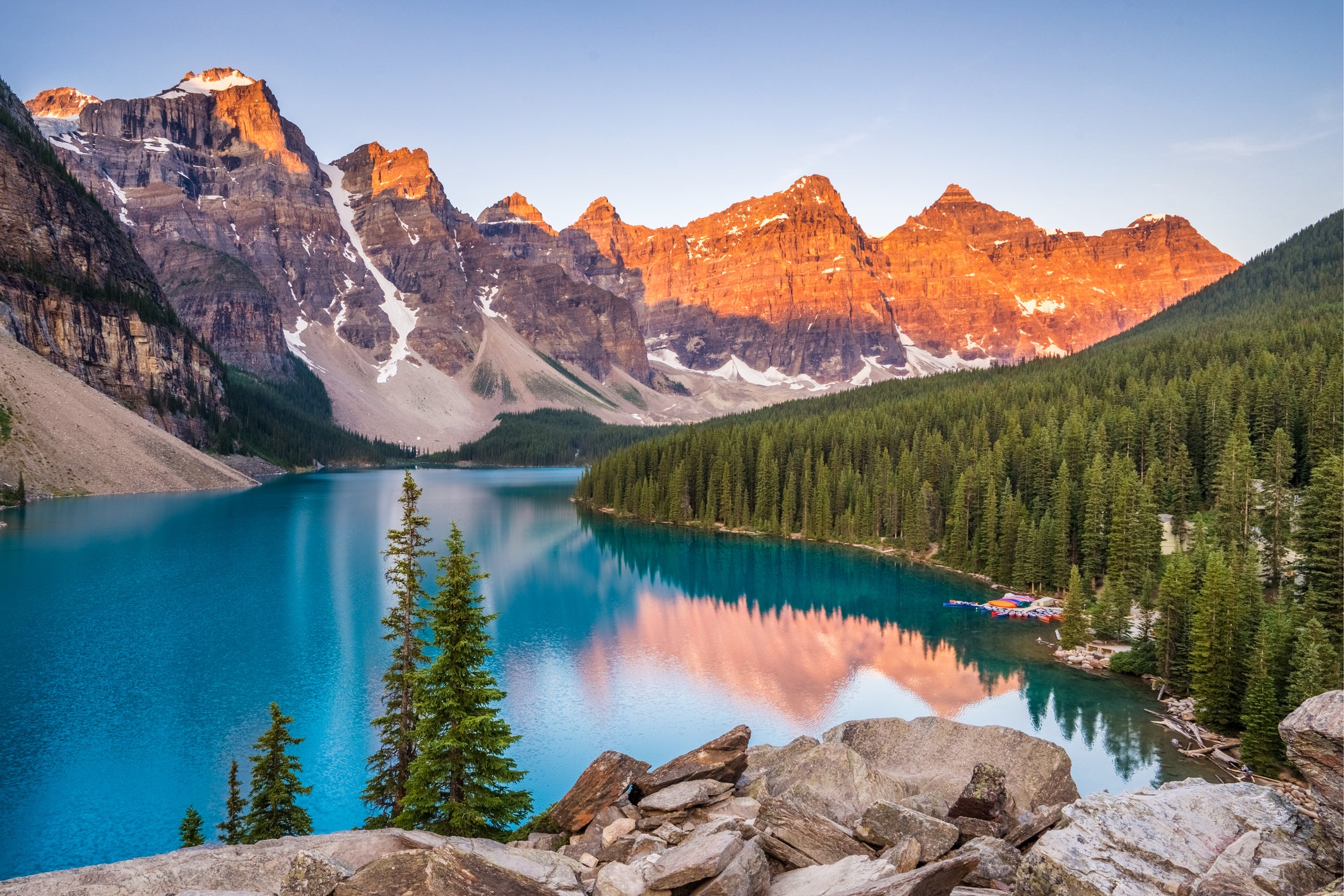
The Canadian Rocky Mountain Parks consist of Banff, Jasper, Kootenay and Yoho national parks and Mount Robson, Mount Assiniboine and Hamber provincial parks. Together, the seven parks of the Canadian Rockies cover some of the most stunning scenery in Canada and contain fossils that are over 540 million years old. Plus, they're great for winter sports.
Read of reviews of the best winter sun hotels
Join our commenting forum
Join thought-provoking conversations, follow other Independent readers and see their replies
Comments